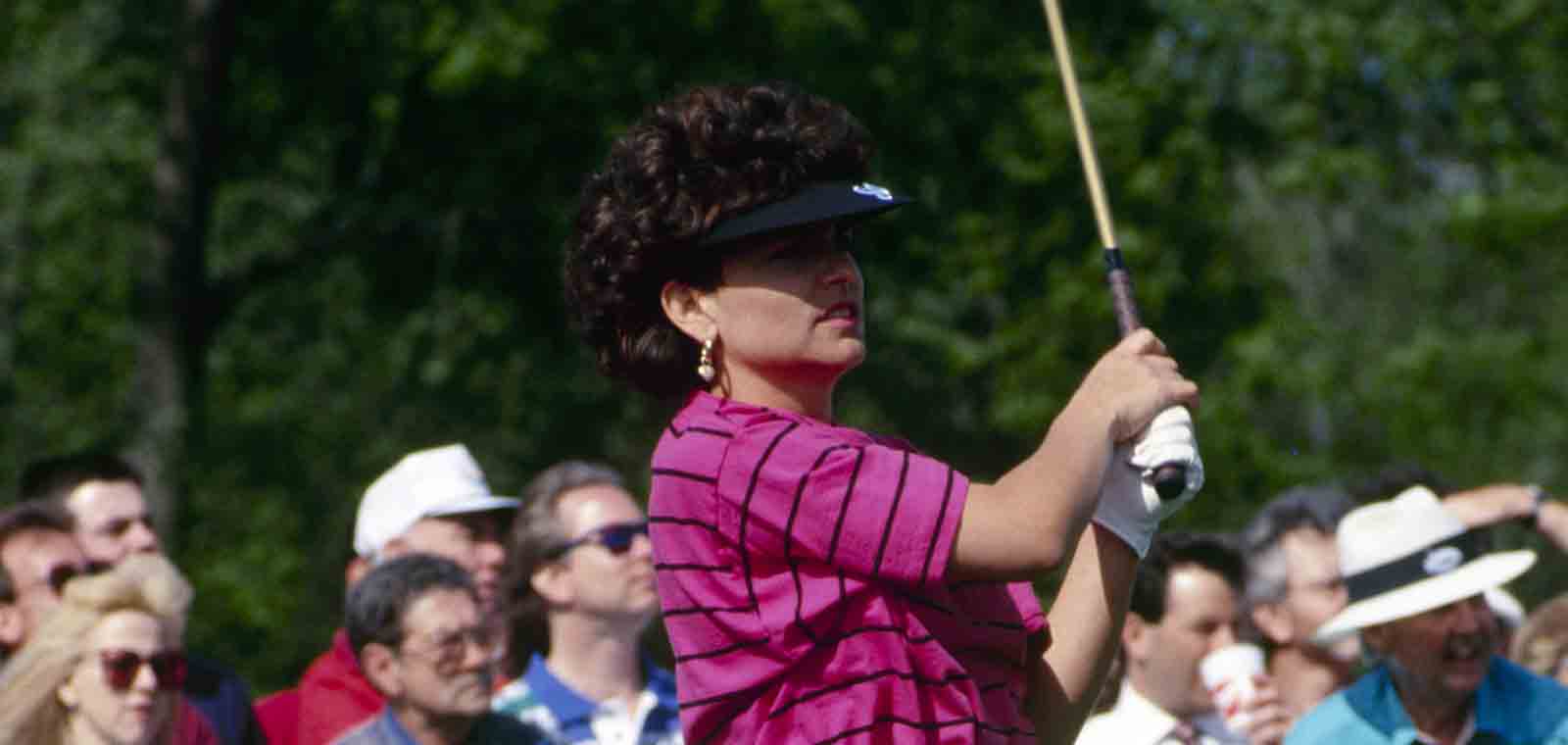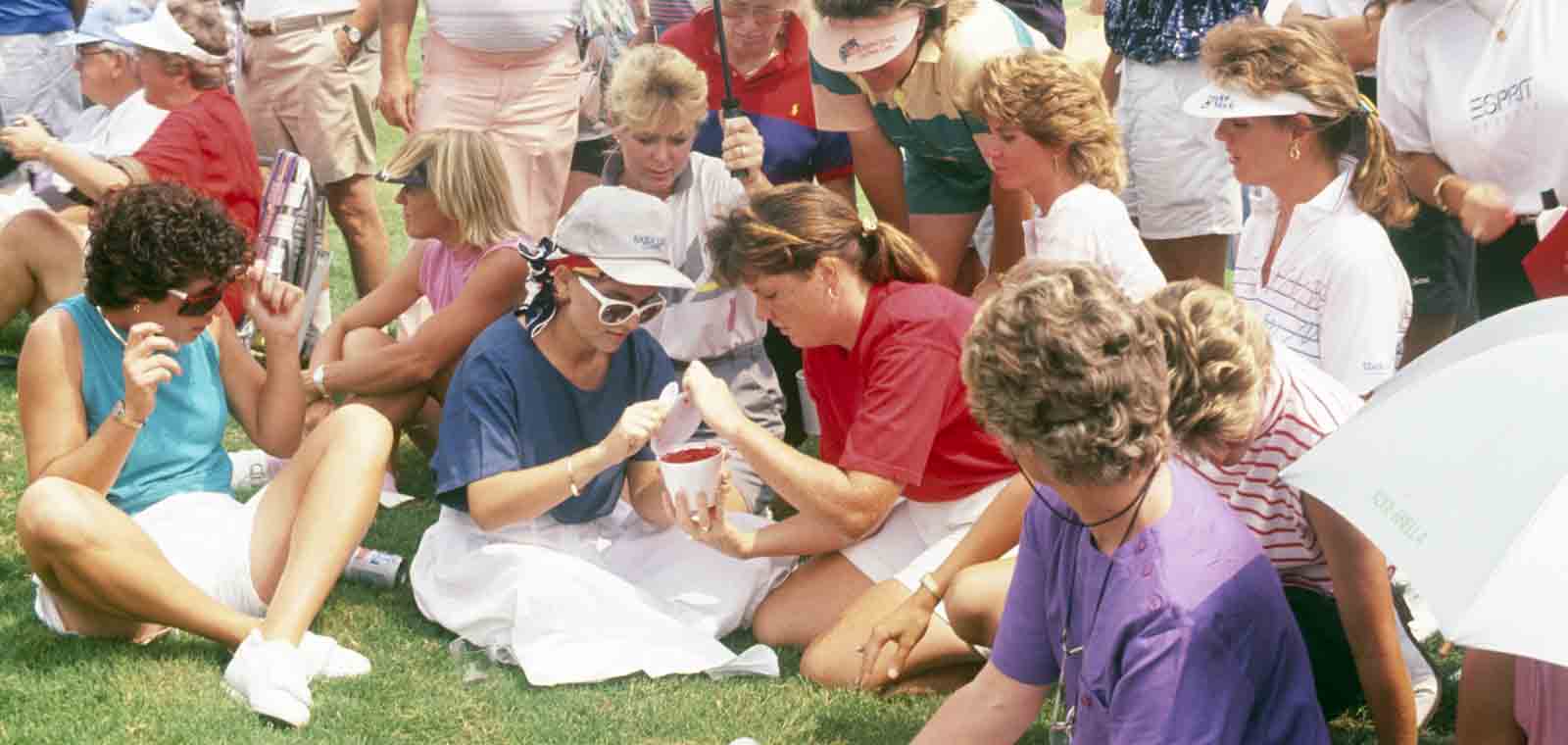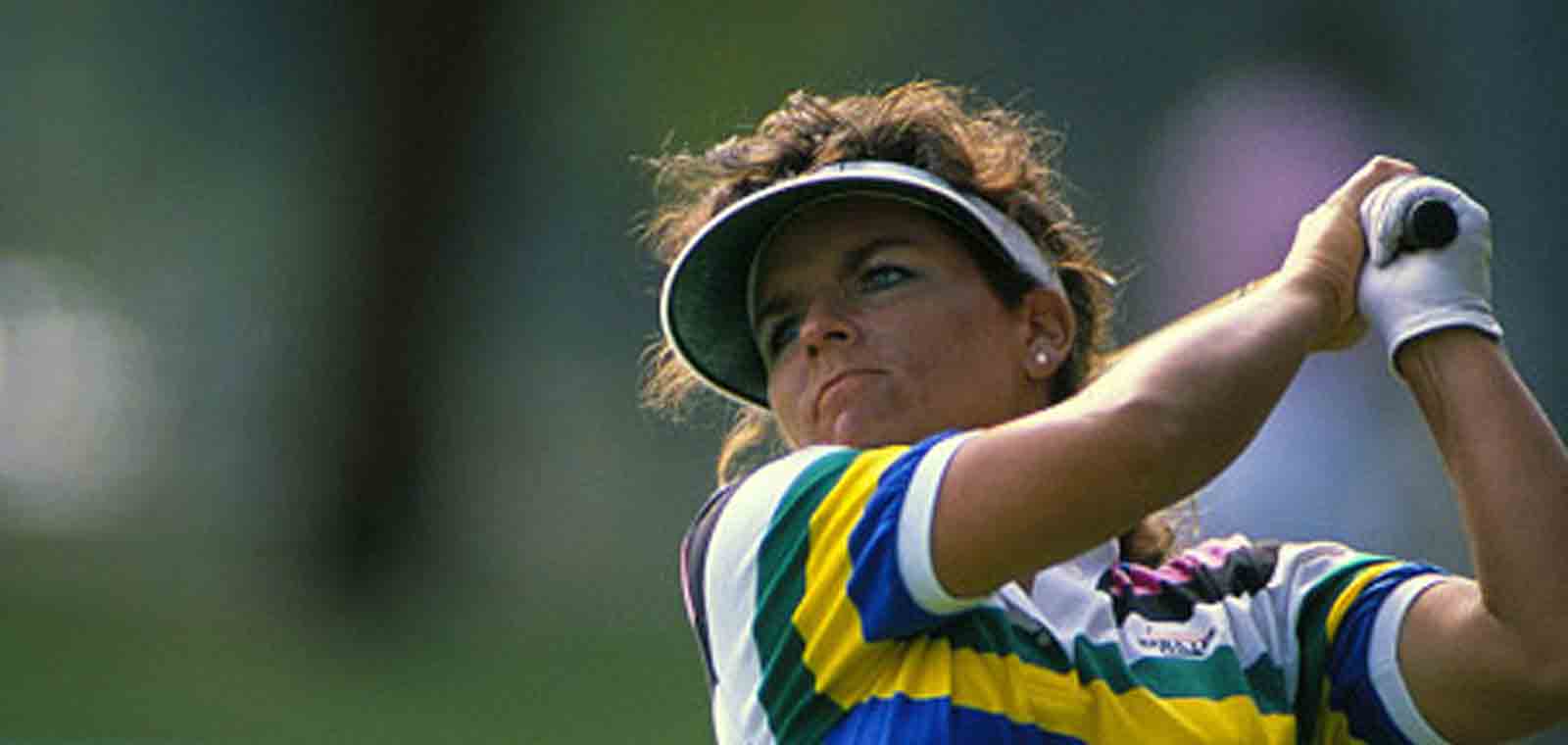“You Have to Keep Working”: The Life and Legacy of Heather Farr
December 8, 2022
Steve Eubanks is a New York Times bestselling author and historian for the LPGA.
You remember her smile.



“Never give up. Keep fighting.”
December 8, 2022
Steve Eubanks is a New York Times bestselling author and historian for the LPGA.
You remember her smile.



“Never give up. Keep fighting.”